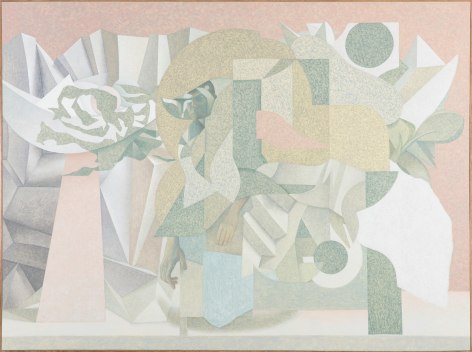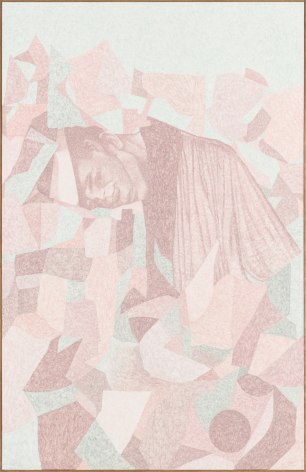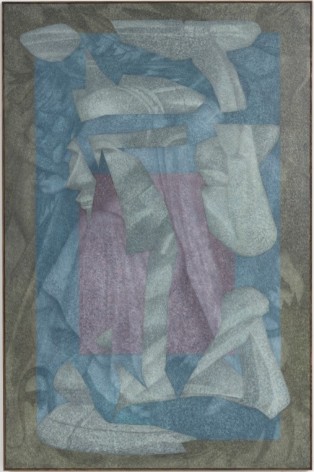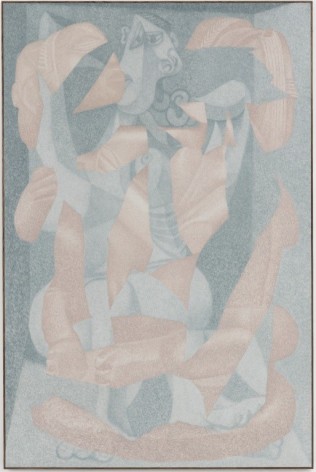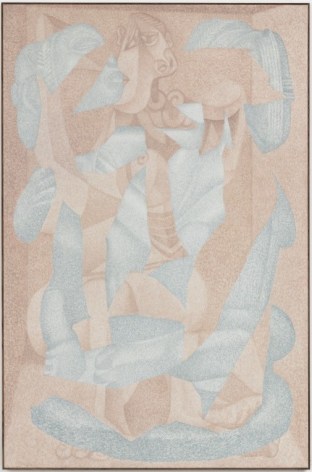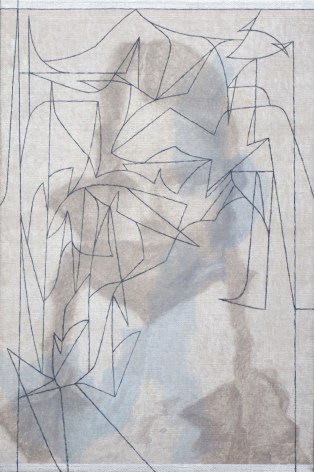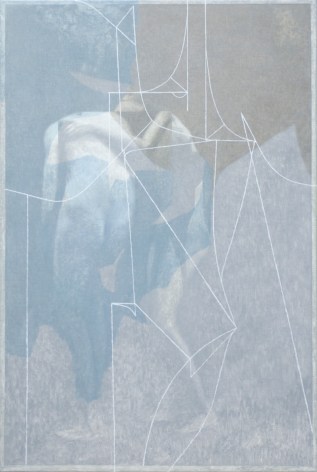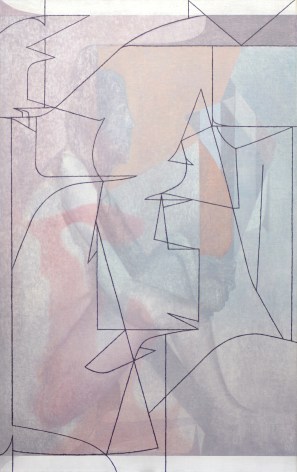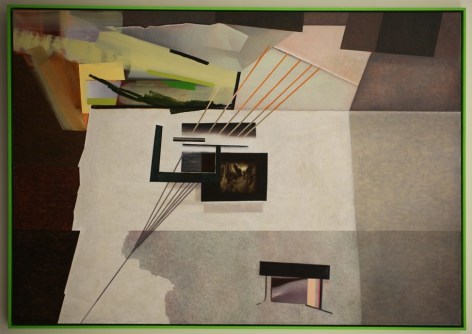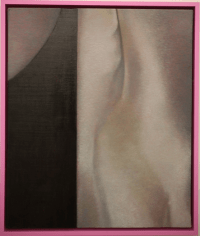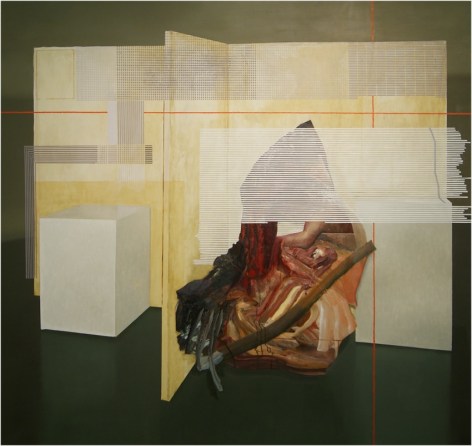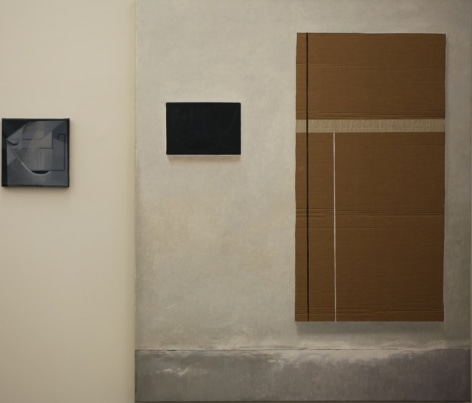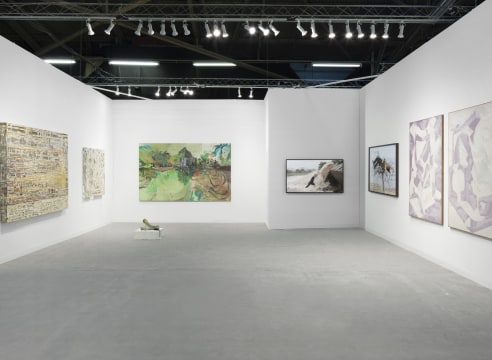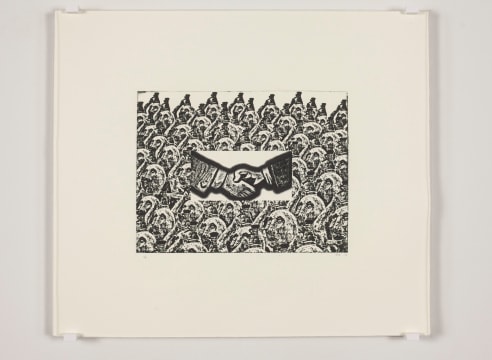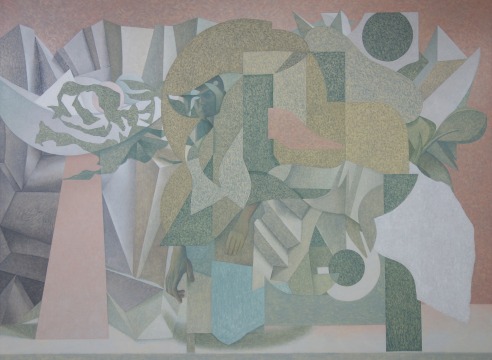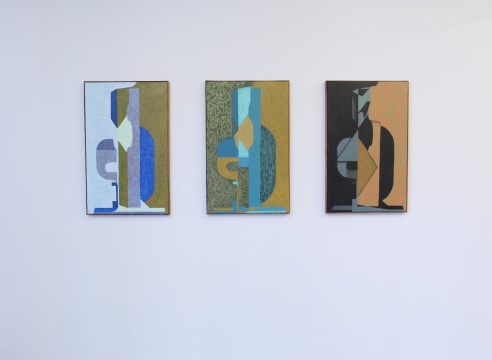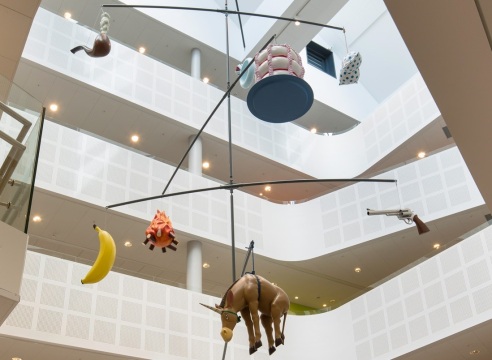
Christer Glein has demonstrated a remarkable artistic evolution from his earlier paintings to his recent body of work. He made his debut at Galleri Brandstrup in the collective exhibition “Selected Works” in 2012 and followed up with his first solo exhibition, titled “Equal Measures,” in the spring of 2014.
Glein's early paintings drew comparisons to the German tradition of the Leipzig School. Like the Leipzig School, Glein's earlier works typically featured figurative motifs, characterized by a strong narrative emphasis and a palette of soft, muted colors. They consistently adhered to traditional techniques, focusing on the fundamentals of fine art.
In his more recent work, Glein has embraced a different visual language while maintaining a connection to classical painting techniques, introducing an abstract foundation. In 2014, with his exhibition “Equal Measures,” he organized the pieces into four distinct series: Front to Back, Layers, Receiver, and Essence, showcasing new explorations of the medium of painting. The result was a series of paintings that revealed a formal distinction between realism and abstraction, as well as their respective roles in the history of art.
In his exploration of abstract painting, Glein distinguishes between two techniques. On one hand, there are loose and rough brushstrokes reminiscent of expressionism, and on the other hand, there are the sharp-edged abstractions of Supremacism. These formal elements are precise and exact, situated within the abstract realm of various elements. Glein also examines formal elements within the figurative realm. For example, he stretches a body over the canvas in an almost baroque mannerist fashion, reminiscent of the expressive bodies of Egon Schiele.
By combining diverse associative materials on one canvas from different art traditions, Glein invites analysis of his paintings through a poststructuralist lens in response to structuralism. This approach was first evident in his exhibition “Equal Measures” in 2014, where he blurred the lines between established structures. Glein took symbols from their historical contexts, recontextualized them, and challenged the linear view of art history as a chain of styles. In doing so, he created a new, comprehensive visual language that embraces the diverse characteristics of various historic movements.
In Glein's solo exhibition titled "The Painter," held in 2020, he delved into the essence of his own artistic journey, exploring the singular act of painting. Reflecting on his roots in Trondheim, known for its serene character, Glein's works embodied a sense of ambitious modesty, akin to fellow painters Lars Tiller and Ramon Isern. Through his canvases, Glein navigated various attitudes towards painting, shifting from figurative compositions to a focus on the medium itself. His canvases became arenas where fields of color and dispersed paint told stories of their own, transcending gender and class boundaries. Figures emerged as historical echoes, anonymized to join the lineage of painters. References to artistic predecessors like De Kooning and Pat Passloff echo in Glein's heroic depictions of the painter, where figures seem sentenced to a life within the confines of the canvas. Yet, amidst this struggle, Glein's works assert the enduring power of painting, existing solely for the sake of painting itself.

